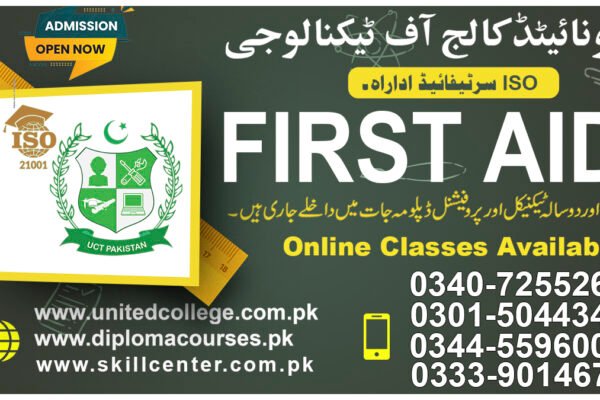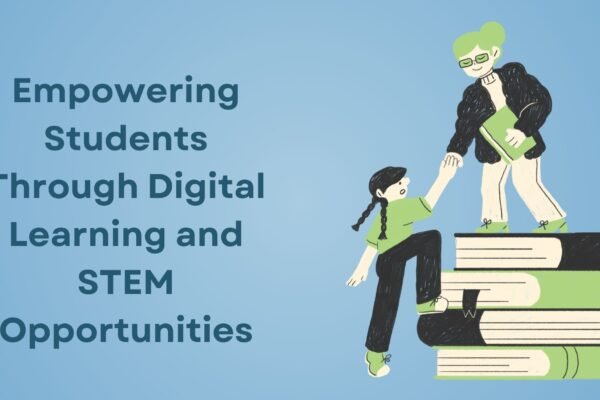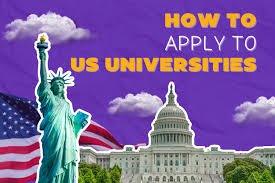
The Top Features of Elite Boarding Schools in Dehradun
Dehradun, known as the “School Capital of India,” has long been home to some of the finest boarding schools in the country. These elite institutions have gained a reputation for offering a world-class education, fostering all-round development, and nurturing future leaders. Parents seeking a holistic and balanced education for their children often turn to these…







